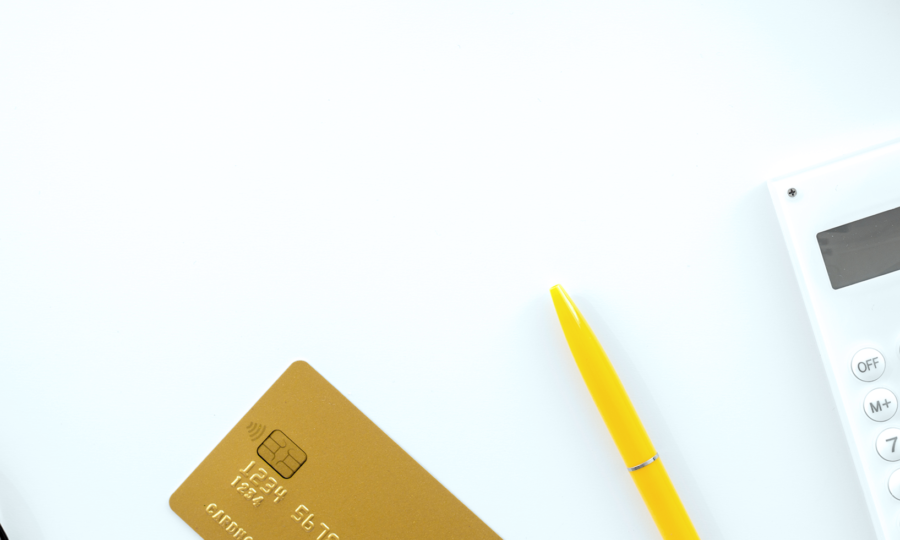Your TIMG solution journey starts here!
No matter what your business size, we offer a range of solutions to cover you from the time your information is created to the time it reaches its expiry date. Below is a list of questions to help you start your solutions journey with us.
Discover how we tailor solutions for your industry
Click on a question below to discover how we can assist you.
All Digital Solutions
With our bespoke managed services we will eliminate the hassle associated with the day-to-day management of your process. Let TIMG’s dedicated team help! Our reliable managed services ensure your print room, mail room or matter management is handled with care, skill and security.
Need help finding the right solution?
Let your local TIMG office help you out.
Questions & Answers
Your quick reference guide to some frequently asked questions
eDiscovery, or electronic discovery is the process by which electronic data is identified, collected, processed and produced with the intent of using it as evidence in a court of law.
Definitely. Your data is securely stored in a remote backup server hosted within a corporate data centre using military-level encryption employed by most multi-national banks that require a high level of security. All of your data is 256-bit encrypted and compressed before being uploaded and stored on your backup server through a secure SSL channel. Encryption and decryption will only be done on your machine with the user’s password, which will not be transmitted during uploading and downloading. Therefore, nobody else can read the files – not even us.
Certainly! We tailor our workflow solutions around the needs of our individual customers. In addition to having standard solutions, we have a team of developers who can customise our solutions to the specific needs of your business – or build something completely new if need be. This can fit in as seamlessly as required with your existing processes or if preferred, we can assist you in streamlining those processes further.
 Your browser is very old. It's so old that this site will not
work properly as it should.
Your browser is very old. It's so old that this site will not
work properly as it should.
















